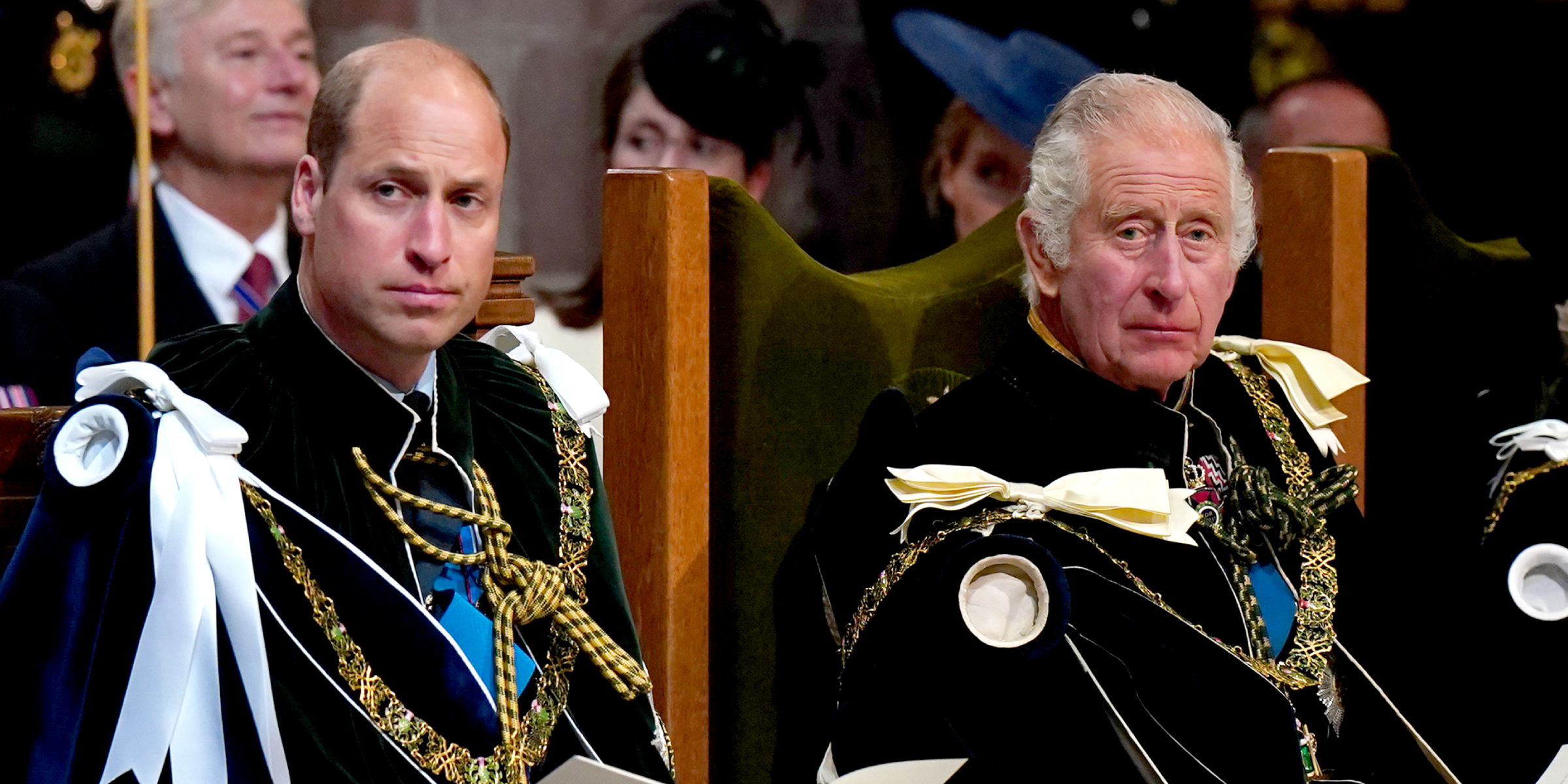
A recent investigation has allegedly shed light on the hidden financial streams fueling the wealth of King Charles and Prince William. According to the investigation, it reveals secrets once closely guarded by the royal family.
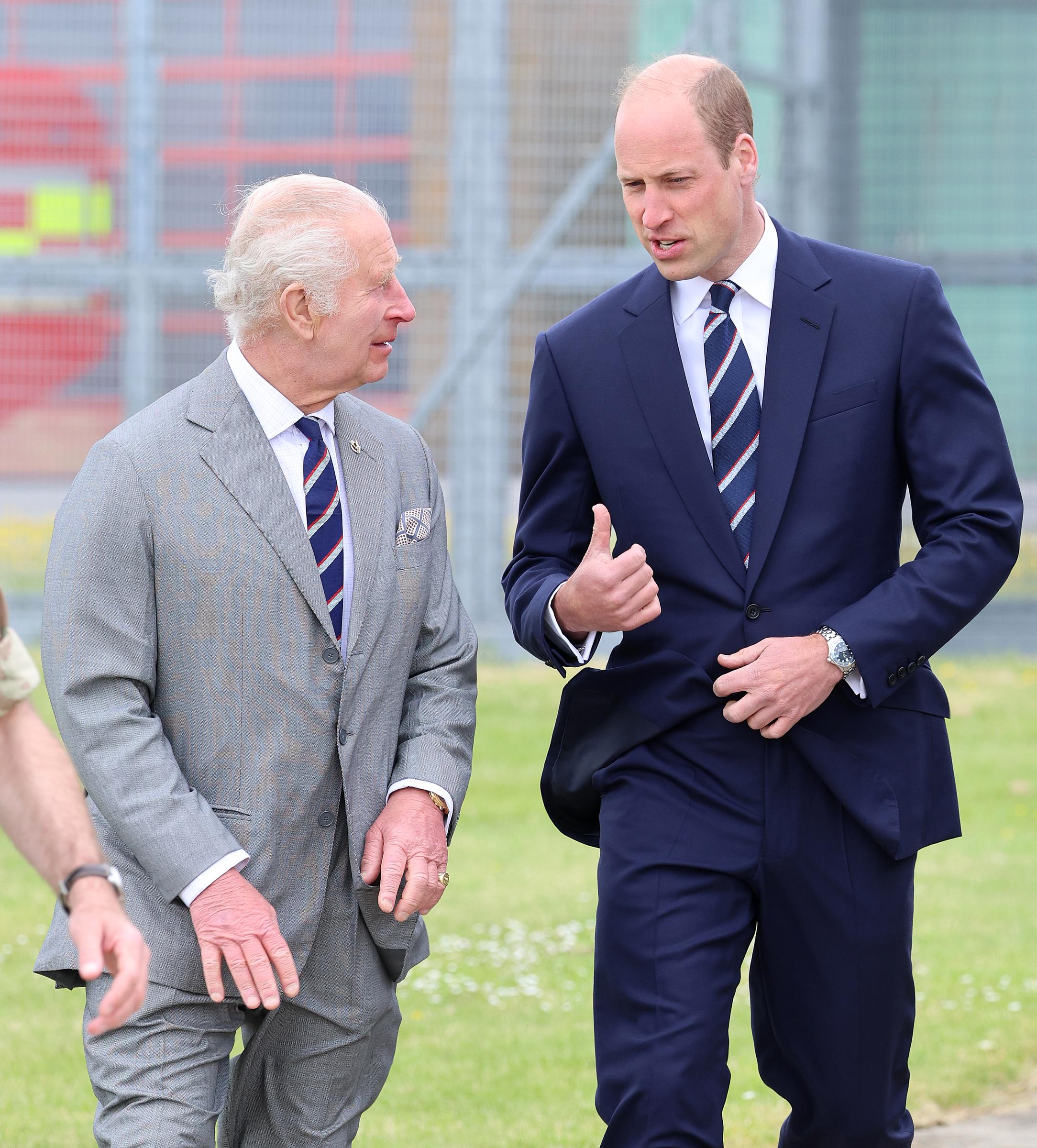
King Charles III and Prince William on May 13, 2024, in Stockbridge, Hampshire. | Source: Getty Images
This five-month-long investigation tracked the alleged business dealings behind the Duchy of Lancaster, managed by King Charles, and the Duchy of Cornwall, under Prince William’s stewardship.
By leveraging royal addresses to trace contracts and land leases, they pieced together a portrait of what the sources claim are royal wealth sustained by commercial rents, exclusive land rights, and long-standing exemptions.
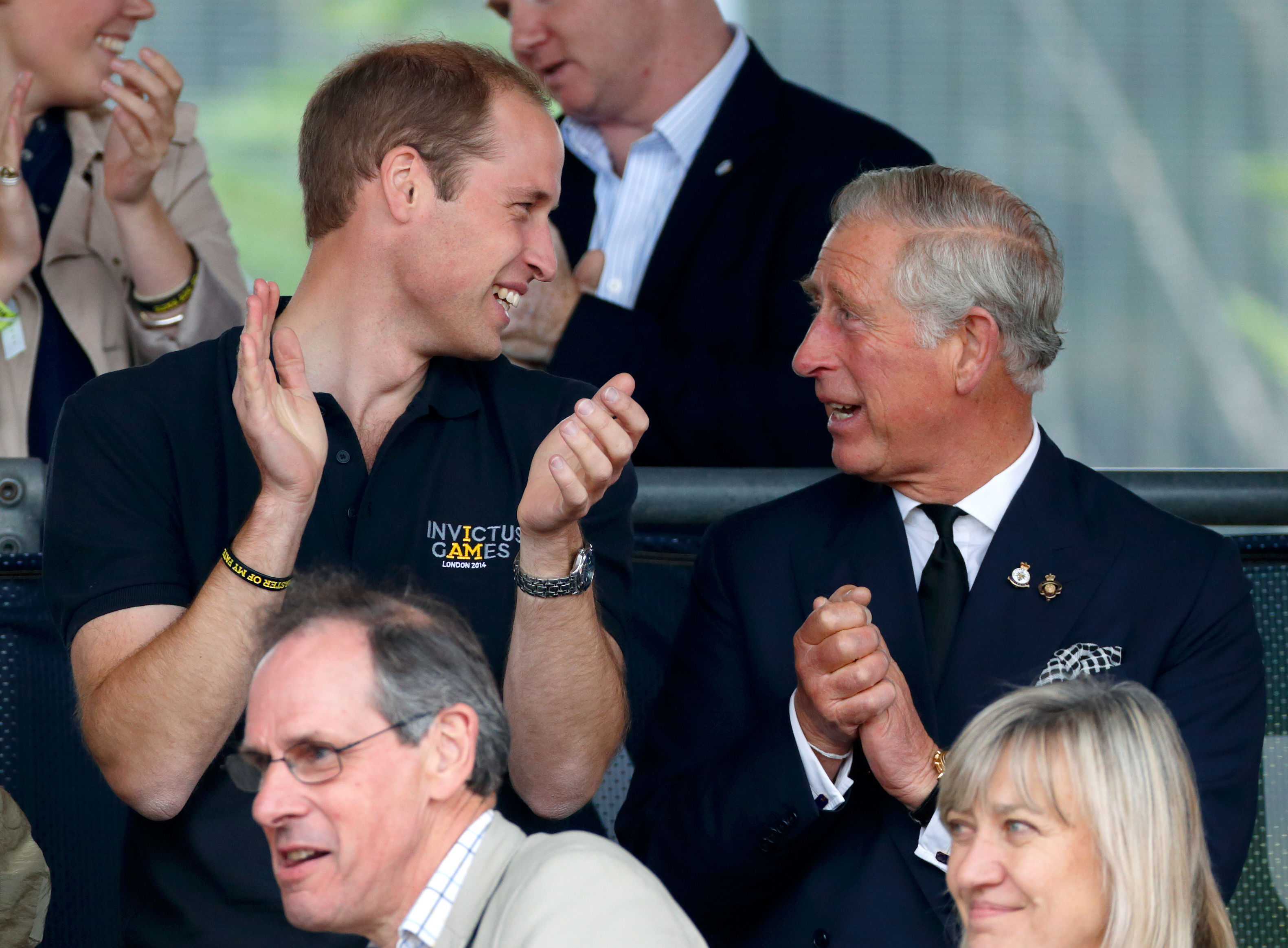
Prince William and King Charles III at the Invictus Games in London, England on September 11, 2014 | Source: Getty Images
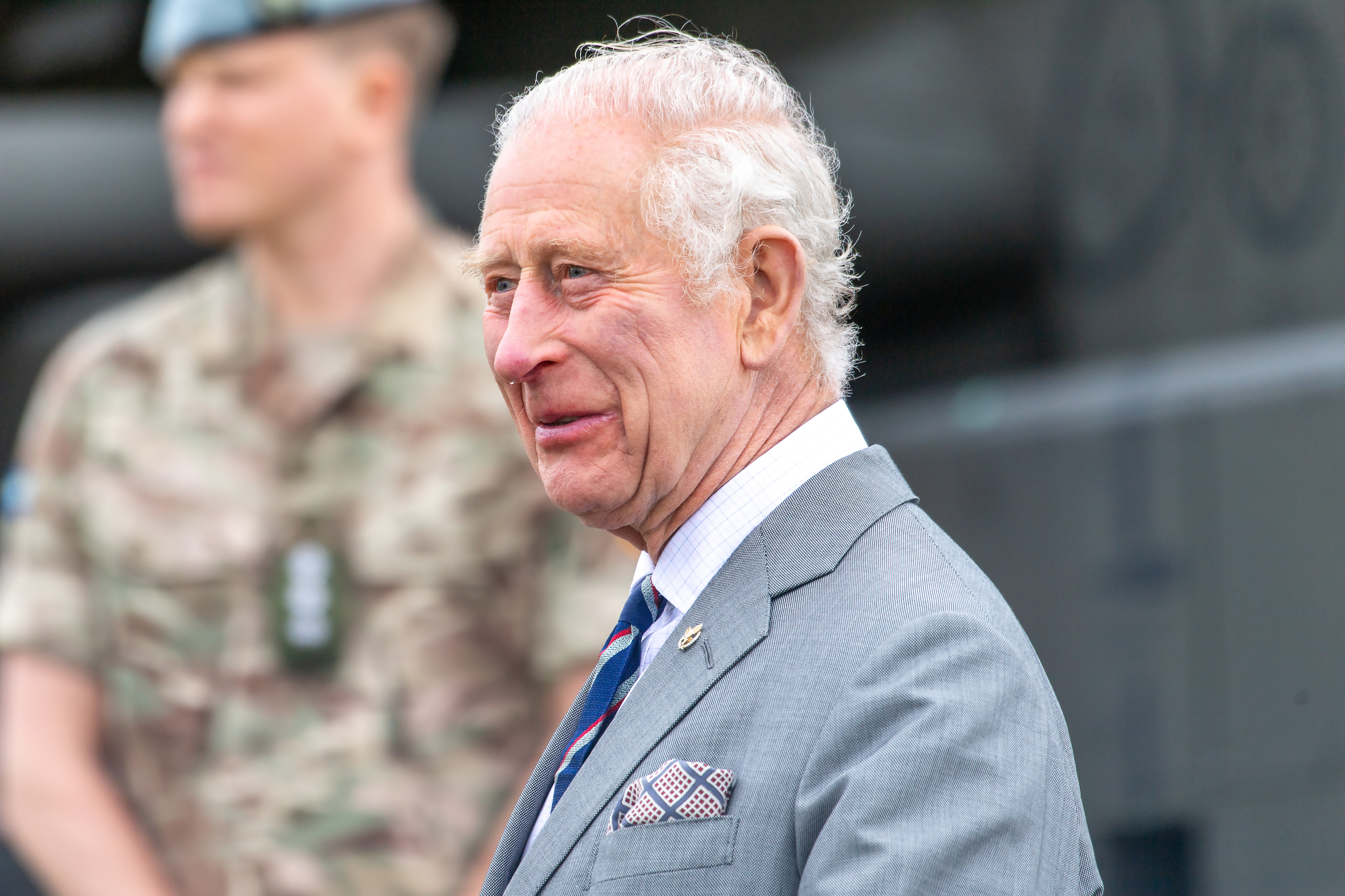
King Charles III at the Army Aviation Centre in Middle Wallop, Stockbridge, United Kingdom on May 13, 2024 | Source: Getty Images
Their exact size and value have been closely guarded secrets, with even Parliament having little access to the full details. The report claims that both duchies act as commercial landlords, leasing land and property.
According to the sources, these estates have earned income from people, businesses, and public services that have used their land for years. They charge fees for things as varied as crossing rivers, parking cars, and even digging graves.
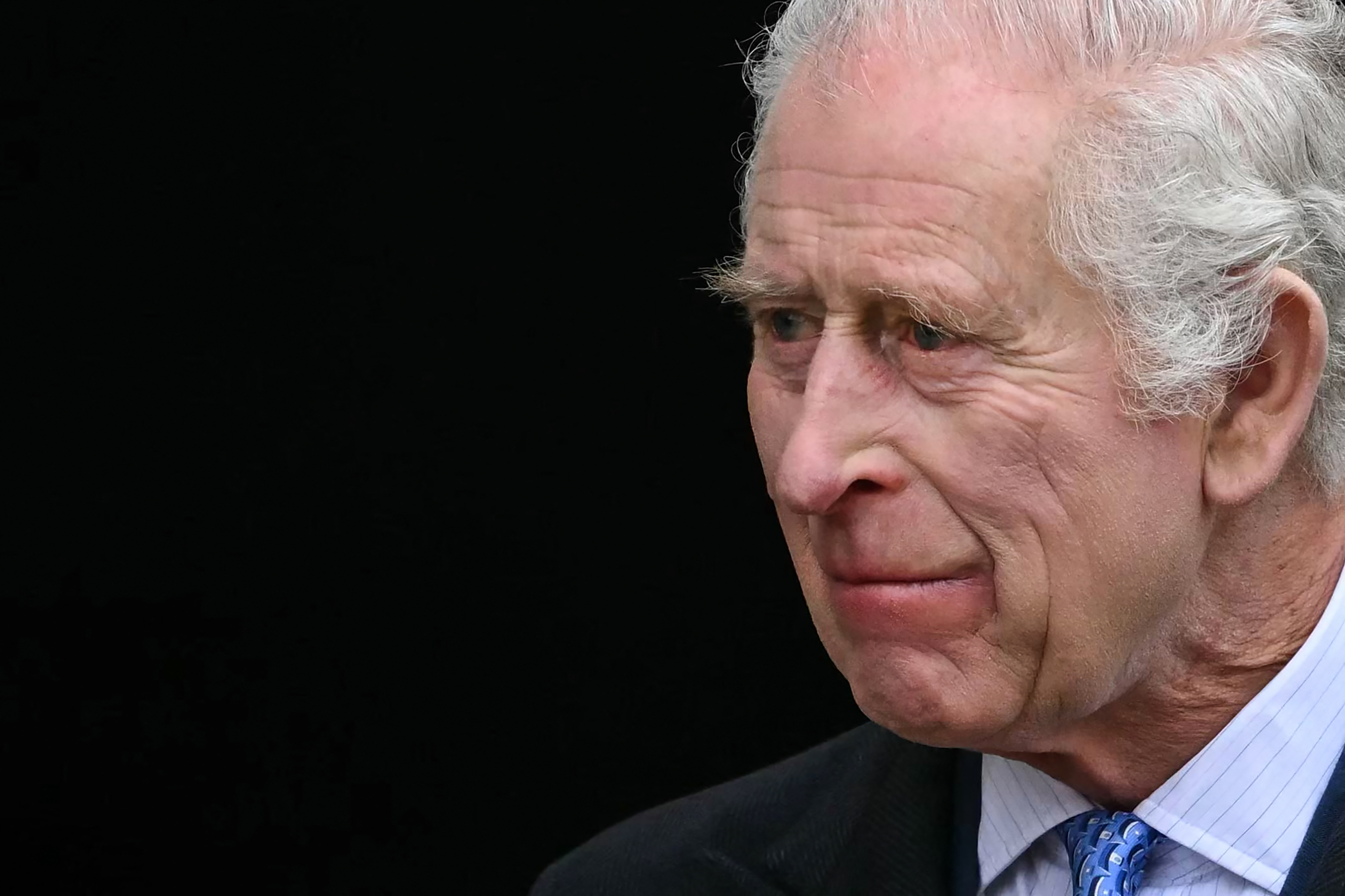
King Charles seen as he leaves St. George’s Chapel in Windsor Castle on March 31, 2024 | Source: Getty Images
The investigation claims that these charges are all part of the way the duchies generate millions every year for the royal family, separate from the public funds allocated for official duties. The duchies collect revenue from both public and private entities.
The British government, for example, pays fees for using royal land for the army, navy, and public services like the NHS. One recent example involves the NHS, which reportedly agreed to pay the Duchy of Lancaster $14.2 million over the next 15 years to rent a warehouse for ambulances.
Similarly, Prince William’s Duchy of Cornwall is said to receive $1.94 million each year from the Ministry of Justice to allow the use of Dartmoor Prison. Beyond public services, the duchies also charge private companies, local councils, and even charities for access to royal land and resources.
This includes fees for infrastructure like toll bridges, ferry routes, and pipelines, and extends to everyday uses like parking lots and wind turbines. These charges, as per the report, help make the royal family one of the largest private landowners in Britain, generating substantial income separate from taxpayer-funded support.
Despite their considerable earnings, the Duchy of Lancaster and the Duchy of Cornwall benefit from a unique arrangement with the British Treasury that exempts them from corporate taxes.
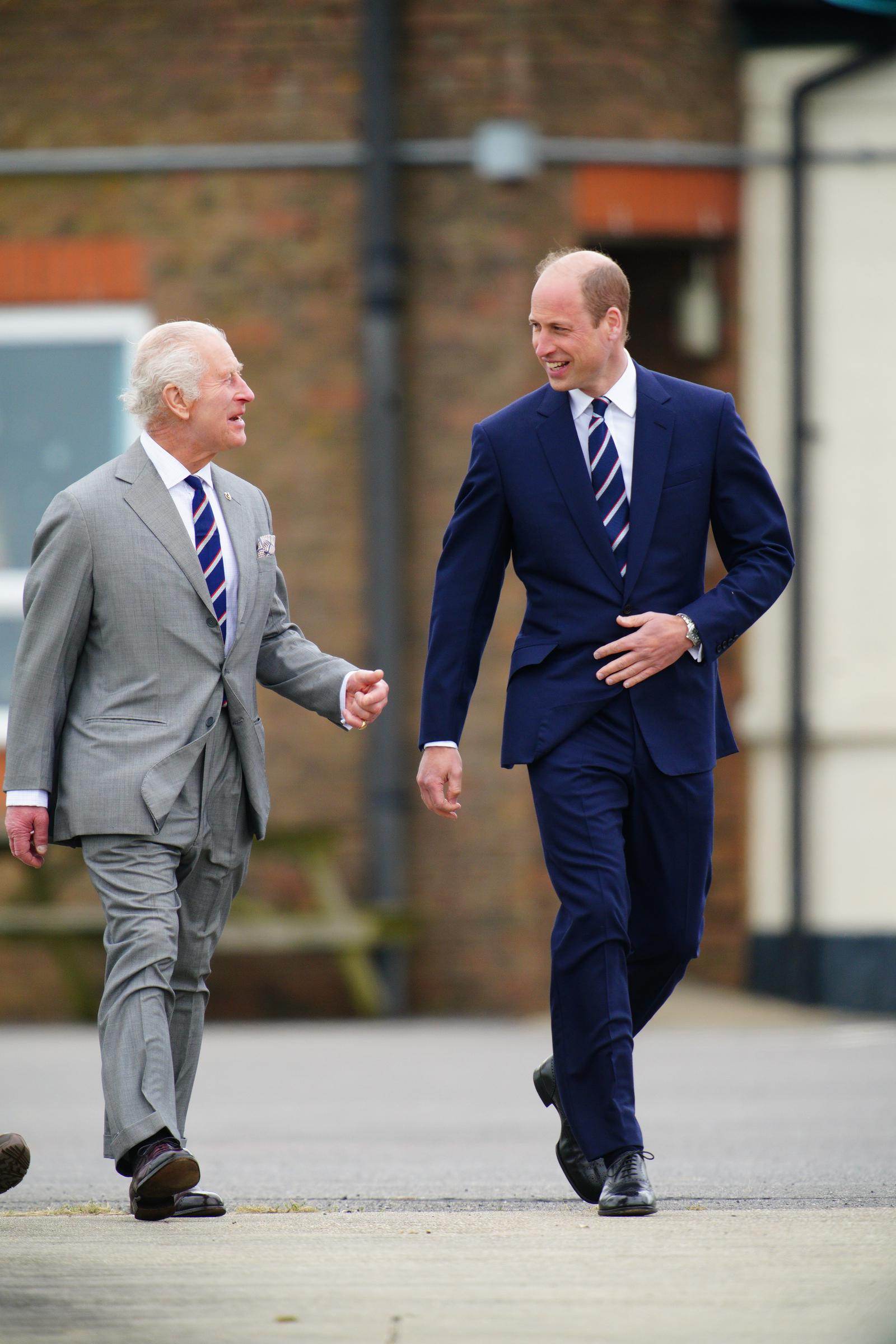
King Charles III and the Prince of Wales arrive for a visit to the Army Aviation Centre at Middle Wallop, Hampshire, for the King to officially hand over the role of Colonel-in-Chief of the Army Air Corps to William, on May 13, 2024 | Source: Getty Images
This exemption allows King Charles and Prince William to keep a larger share of the profits generated by their estates. However, both royals have made efforts to show they contribute financially by voluntarily paying income tax on their duchy profits.
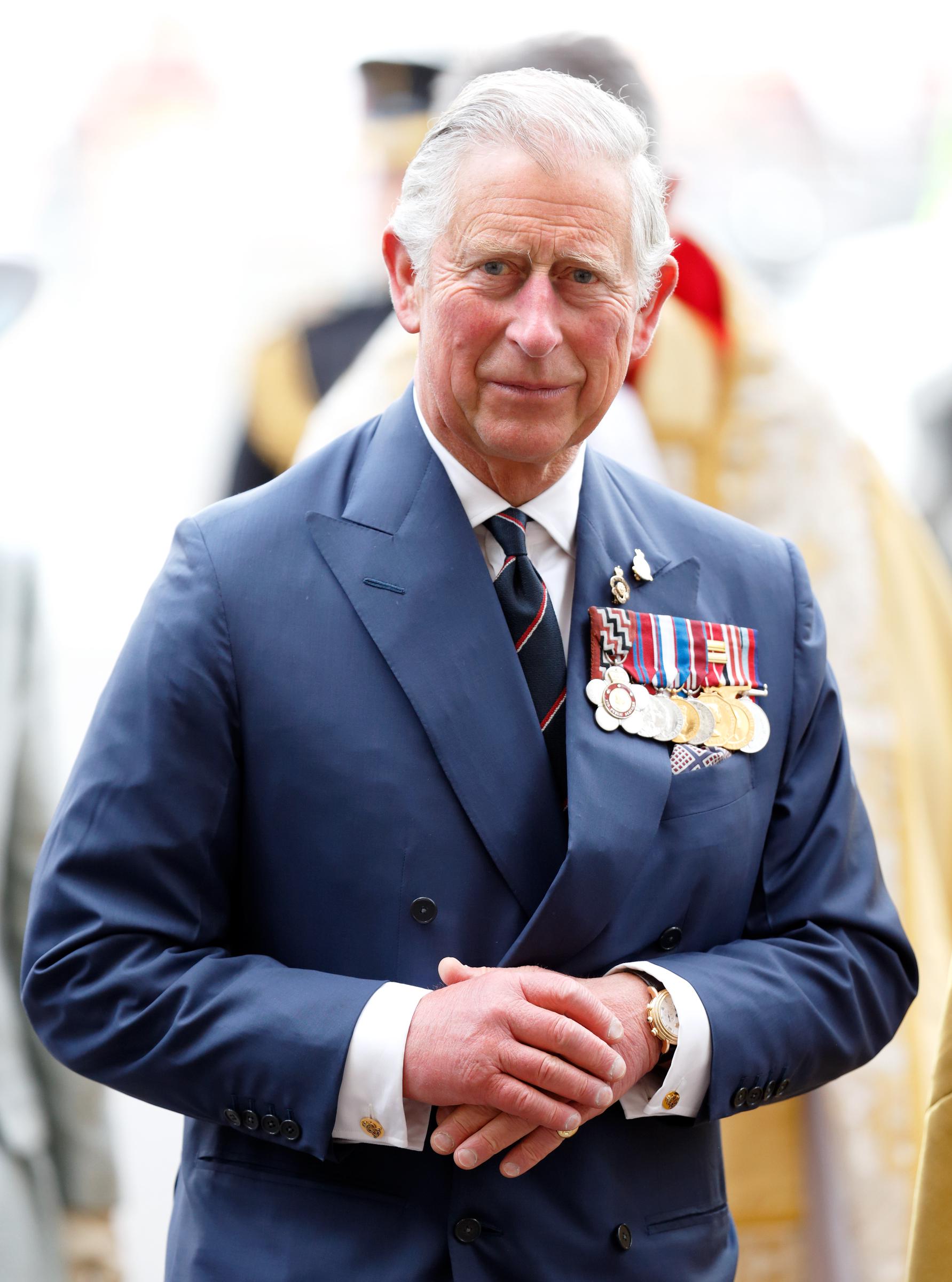
King Charles III on April 14, 2023, in Camberley, England | Source: Getty Images
Prince William reportedly follows the same tax approach, though he has not disclosed his tax contributions since inheriting the Duchy of Cornwall in 2022. This voluntary tax arrangement echoes a similar approach taken by Queen Elizabeth II, who also withheld details of her own taxes during her reign.
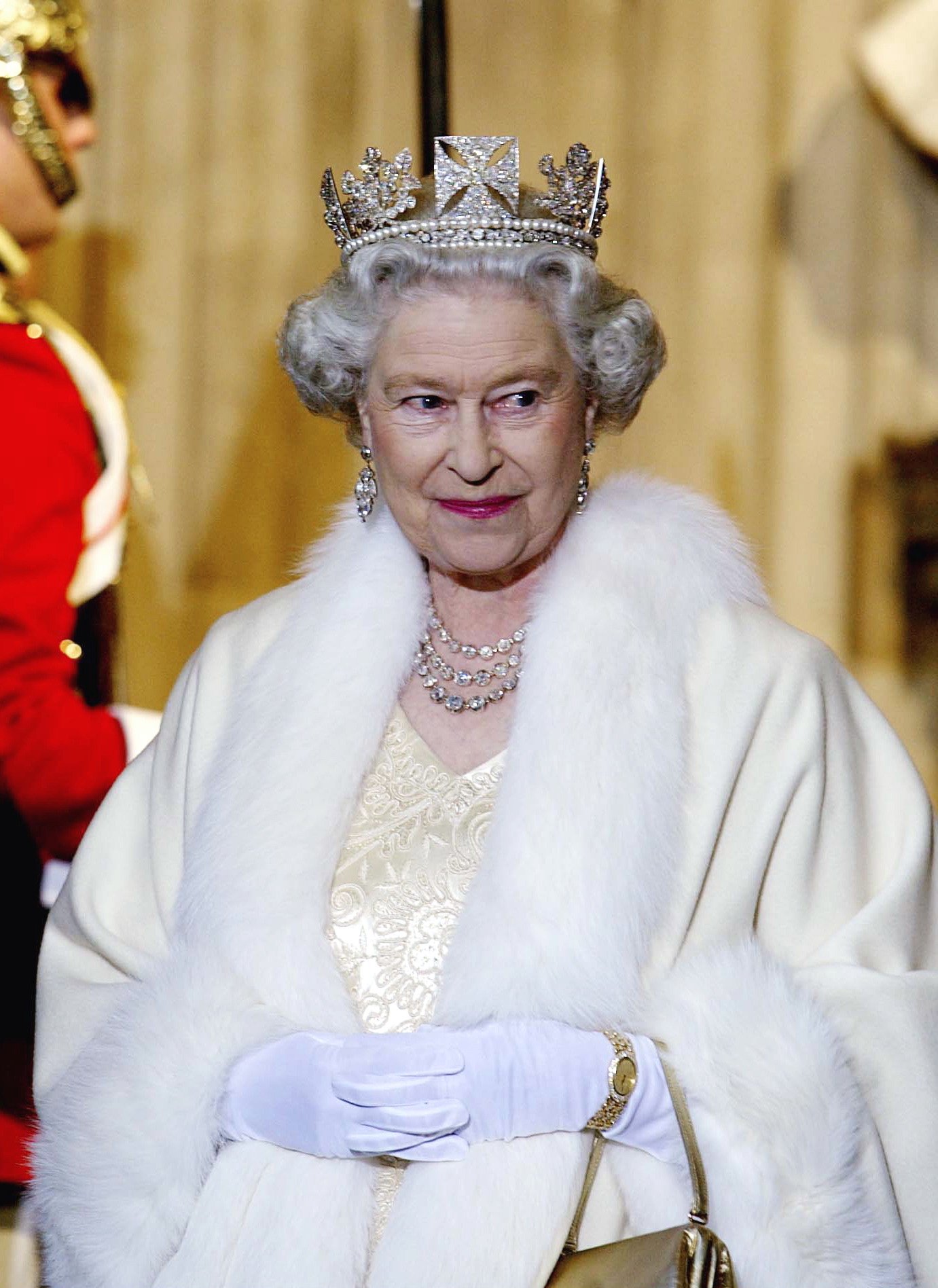
Queen Elizabeth II arrives at the Palace Of Westminster for the state opening of parliament in 1994 | Source: Getty Images
While Charles and William stay involved, especially in major decisions, the estates are run by professionals who handle property management, investments, and environmental initiatives.
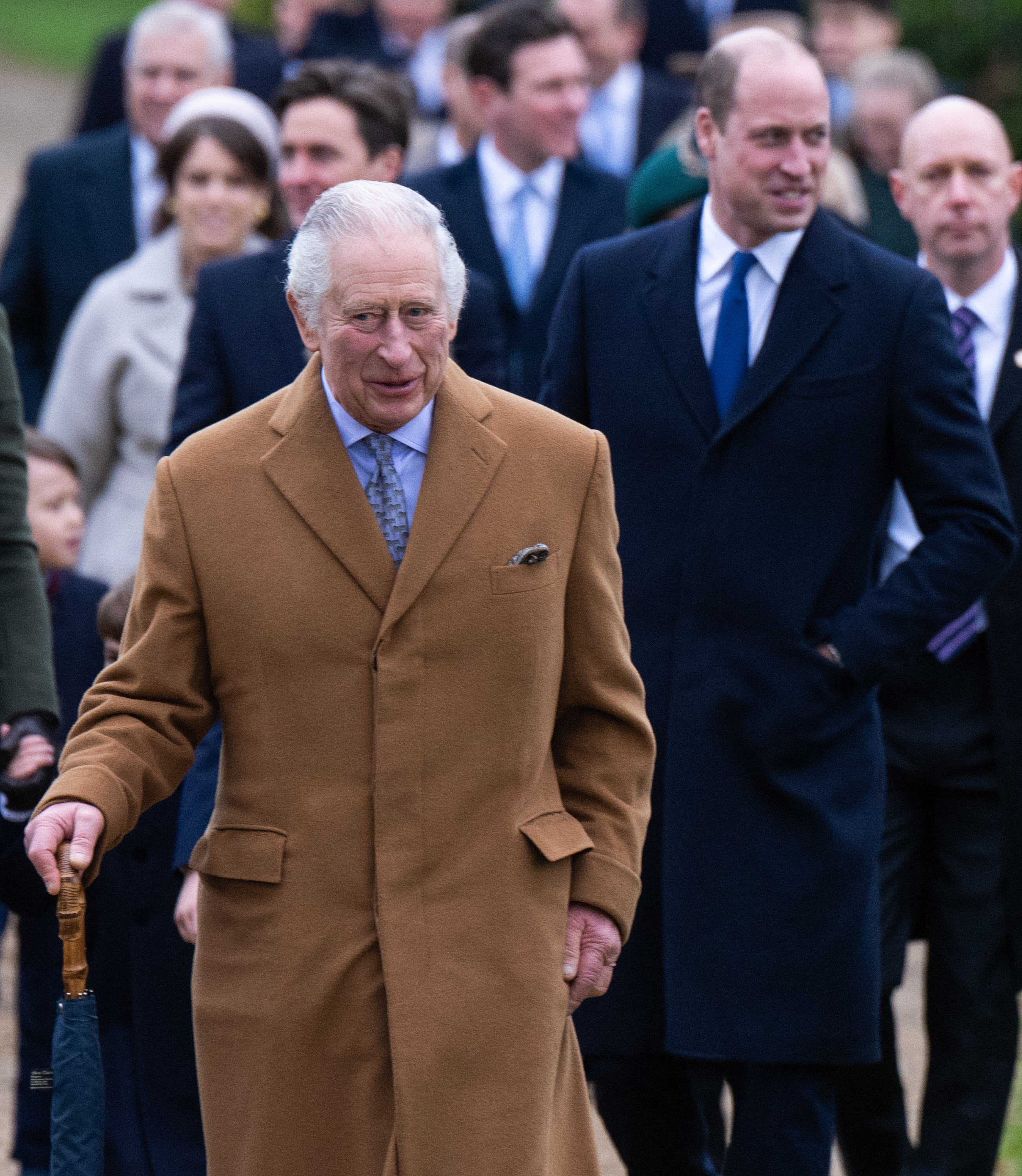
King Charles III and Prince William, Prince of Wales pictured on September 8, 2022 | Source: Getty Images
According to a spokesperson for the Duchy of Lancaster, the estate complies with all relevant UK laws. It has focused on environmental improvements, aiming to upgrade its properties for better energy efficiency.
Prince William, who took over the Duchy of Cornwall in 2022, has reportedly set ambitious goals for his estate. He recently announced a plan to make the Duchy of Cornwall net zero by 2032, emphasizing both environmental and social impacts.
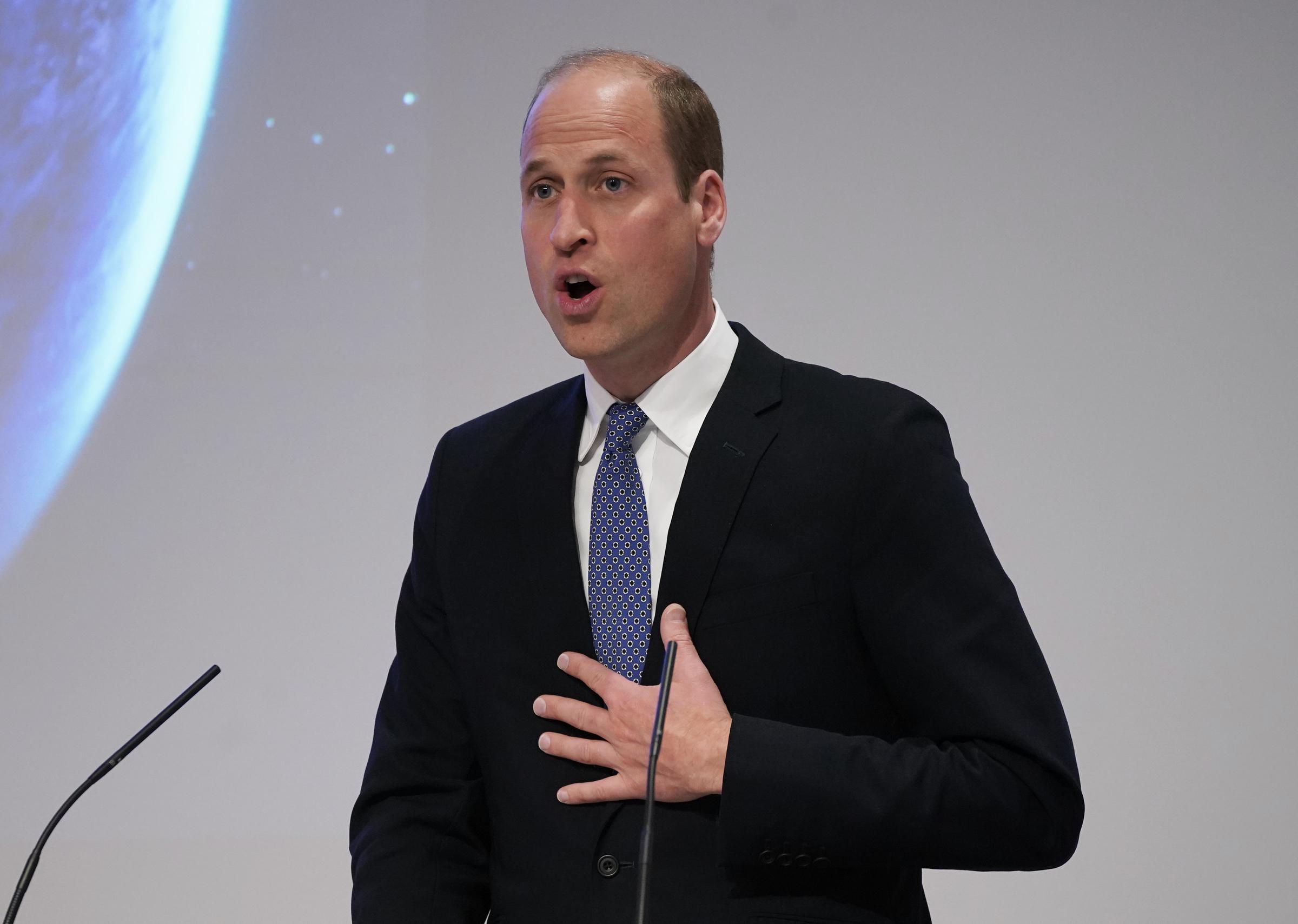
Prince William visits The Royal Society in London on May 16, 2024 | Source: Getty Images
Earlier this year, he removed Annabel Elliot, Queen Camilla’s sister and a longtime interior designer for the Duchy of Cornwall, from the estate’s payroll. This shift, along with other adjustments, reflects William’s efforts to put his own stamp on the duchy’s management and align it with his vision for the future.
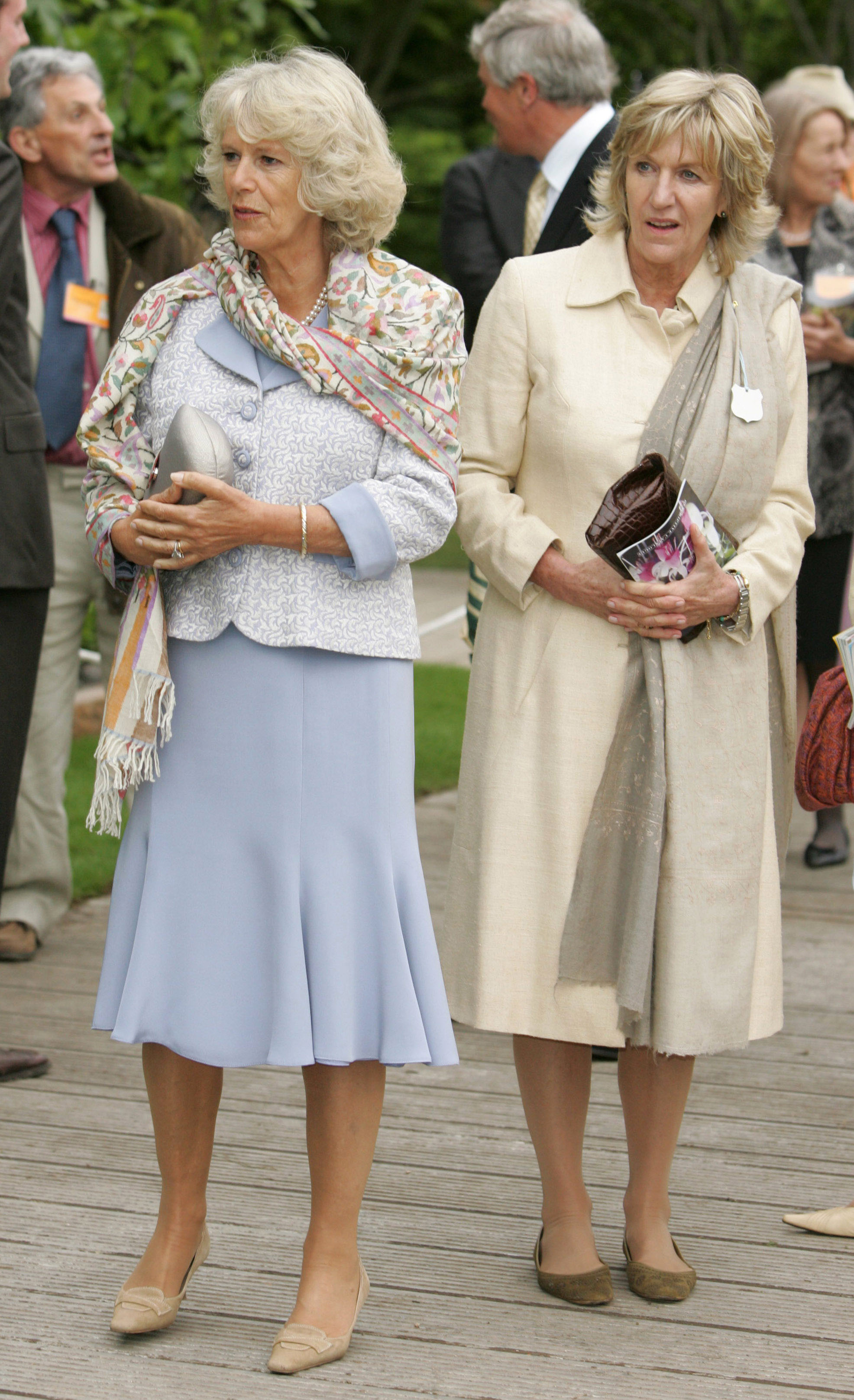
Queen Camilla and Annabel Elliot at the Chelsea Flower Show on May 21, 2007 | Source: Getty Images
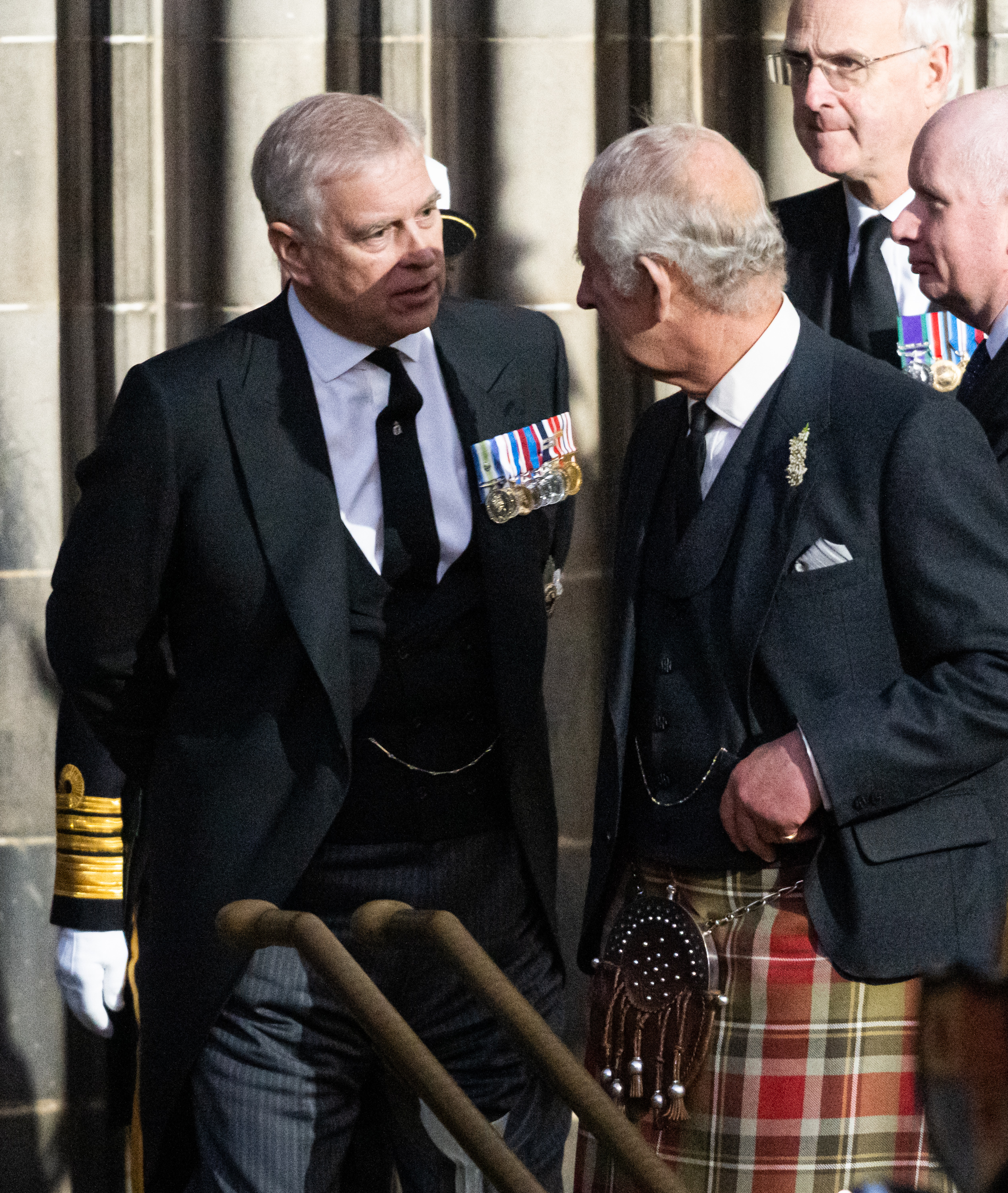
Prince Andrew, Duke of York and King Charles III on September 12, 2022, in Edinburgh, Scotland | Source: Getty Images
This decision underscores Charles’ intent to streamline royal finances, especially as he works to present a more modern and financially independent monarchy. Together, these adjustments reflect a shift toward tighter control and accountability over the royals’ personal and public finances.
The investigation’s findings have sparked a wide range of responses from the public, with social media platforms lighting up with mixed opinions on the royals’ income sources.
On Instagram, reactions included, “Karma is coming knocking at their palaces [sic],” and “The greed is real.” Some saw the charges as just a “typical landlord/tenant agreement,” brushing it off as standard practice.
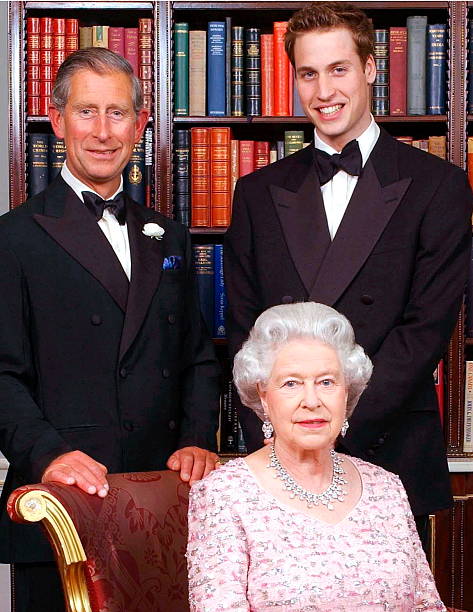
Queen Elizabeth II, Prince Charles, The Prince Of Wales, and Heir Prince William at Clarence House | Photo: Getty Images
One user wrote, “Disgusting; whilst many of our people, homeless & elderly, have to choose, food or warmth,” while another added, “Absolutely ridiculous…I have no respect for either of them.”
In contrast, some defended the royals’ approach, “Good for them. At least someone knows how to balance the books.” Another said, “It’s no different than any city that charges for all of the things mentioned,” while another remarked, “Good for them…not our business.”
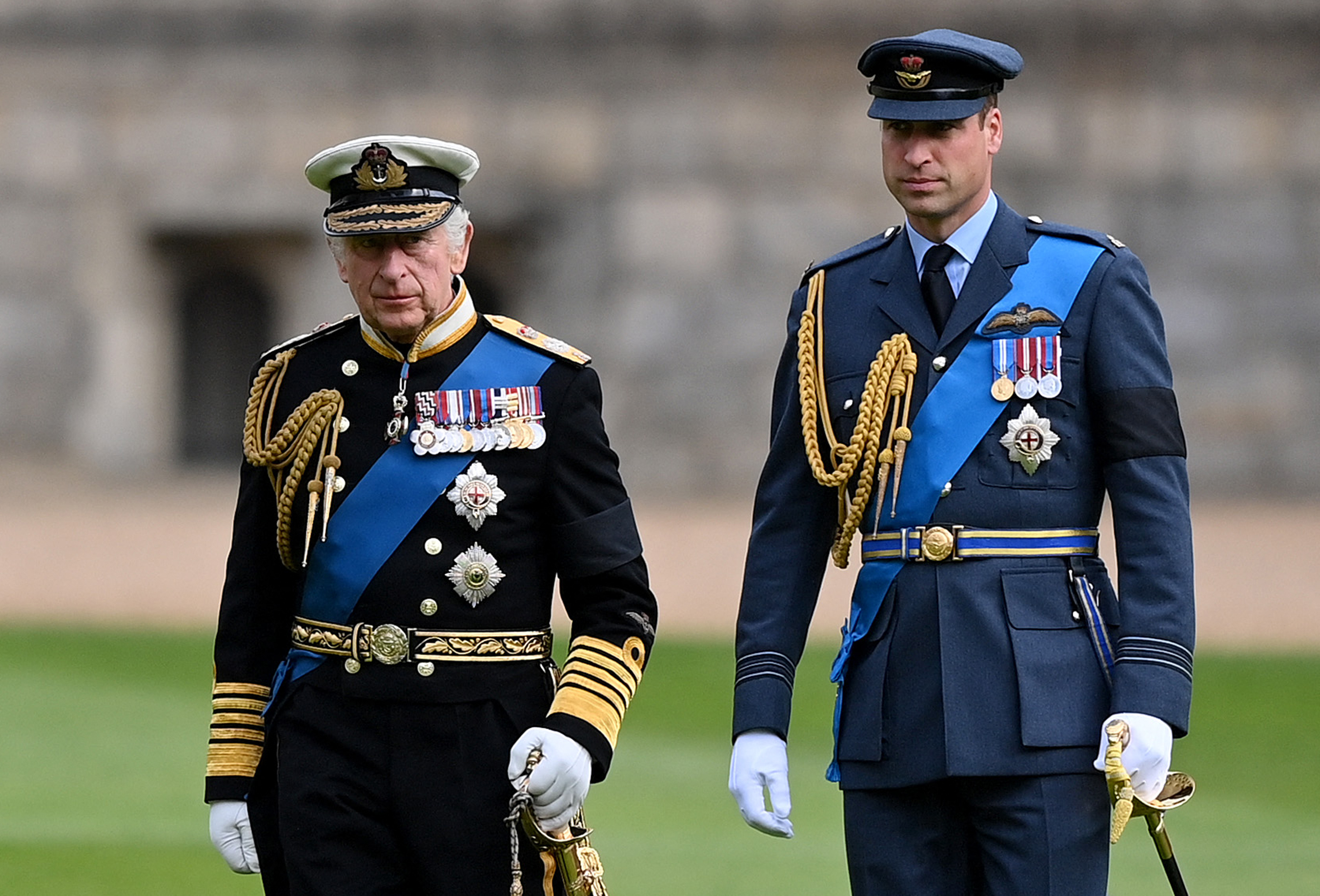
King Charles III and Prince William ahead of the Committal Service for the late Queen Elizabeth II in Windsor, England on September 19, 2022 | Source: Getty Images
For some, the alleged royals’ income sources show they’re running their estates just like any other business. For others, the scale of their wealth raises questions about the monarchy’s place in modern society.


